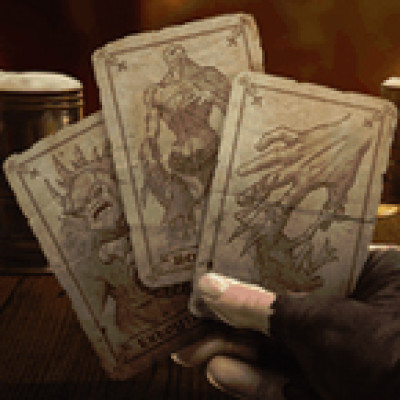Flesh and Blood is a game at which you never truly feel that you've become a master. It’s a ‘the more you know, the more you don’t know’ kind of game- but there are a number of skills that hold true across classes and metas.
The ability to effectively read your opponent is one of them, and can give you an edge throughout a match. Knowing your opponent’s win condition and optimal play patterns, as well as correctly identifying their line of play turn after turn, can give you the knowledge to optimally calculate every exchange of damage, every risk taken in an attempt to seize tempo.
Here are just a few ways you can get a read on your opponent’s game plan and adapt accordingly.
The Basics
At the most basic level, trying to decipher your opponent’s intent comes as a survival instinct. If they took damage in order to hold cards and play out an Enlightened Strike with no source of go again, there is a pretty good chance that they will play a Razor Reflex in order to regain their action point. This type of play is very obvious, and allows you to play around it by overblocking or countering their attack reaction with your own defense reaction.


The poker match becomes more subtle as the skill level of your opponent increases. The question evolves from a simple, "If I don’t block this, are they going to kill me?", to any number of much more complex considerations:
"Can I afford to overblock and still have a chance at winning the game?"
"Do I risk them being able to activate Spellbound Creepers?"
"Can I afford to take that risk- and can I afford to not take it?"
When deciding how much to block, consider how many ways your opponent has to gain an action point at instant speed. You will become a better player in these situations as you get in more reps; experience is the best way to learn. Getting punished badly for a misplay at the wrong moment is a powerful teacher.

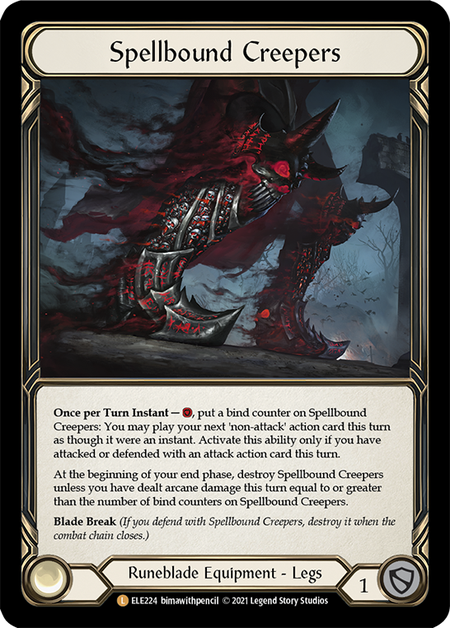
Keep in mind that you are on a two way street. For every bit of information you will be trying to glean from your opponent, they will be doing the same. You will both always be adapting to the other’s adaptation, taking lines you think will catch each other off guard. As you read your opponent, try to remain aware of what information you are communicating to them, as well as how they are responding to it. Flesh and Blood is a highly interactive game, and that's a key part of what makes it such an enjoyable duel.
Know Your Enemy
Being familiar with your opponent’s class and toolbox is a must. I am a huge proponent of class specialization, but having some hours logged in your opponent’s shoes is priceless. This will allow you to accurately assess the risk versus reward component of decisions you make, as well as know exactly what their deck is capable of.
- Oldhim will certainly see his pitch stack sooner than you.
- Dorinthea couldn’t be happier to have you both at 6 life.
- Just because you have Arcane Barrier 3 doesn’t mean Kano can’t attack you with two hands of cards before you can draw back up.
- Rhinar must manufacture a gamestate where he can play out a full hand to win the game.
- Briar may be incentivized to arsenal rather than paying for Rosetta in order to increase the consistency of their next turn.
This knowledge will provide you with the information to correctly manage your tempo.
Let’s say you’re playing as Dash into Dorinthea. You have stripped all but two cards from their hand, and they have no arsenal. Having a familiarity with Dorinthea, you know that your opponent does not pose much of a threat with two cards in hand. The worst case scenario is that they have a red Warrior’s Valor and a blue pitch card.
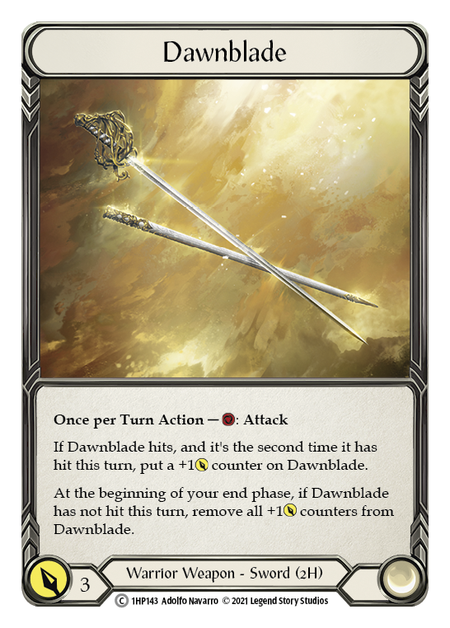

Even if this is the case, you can always block the second Dawnblade swing with a defense reaction and they will again end their turn with no arsenal.
A far more likely scenario, and probably the smarter play on their end, is that they simply swing Dawnblade and arsenal. In this situation you are much better off playing out your Item and putting your last attack into arsenal rather than the other way around. Now is your window to set yourself up for the rest of the game; don’t get greedy and waste it on a bit of vanilla damage as well as a poor arsenal.
These types of insights come from having a familiarity with different characters’ play patterns, and will give you a vital edge when facing them. Knowing the potential threats your opponent can present will allow you to most efficiently play around their strengths.
Identify Their Gameplan
One of the first steps in your gameplan will always be to determine your opponent’s. As this game has evolved, most classes have developed several archetypes that they can play. The sooner you can identify your opponent’s win condition, the sooner you can stop wasting your resources and instead properly allocate them to their roles.
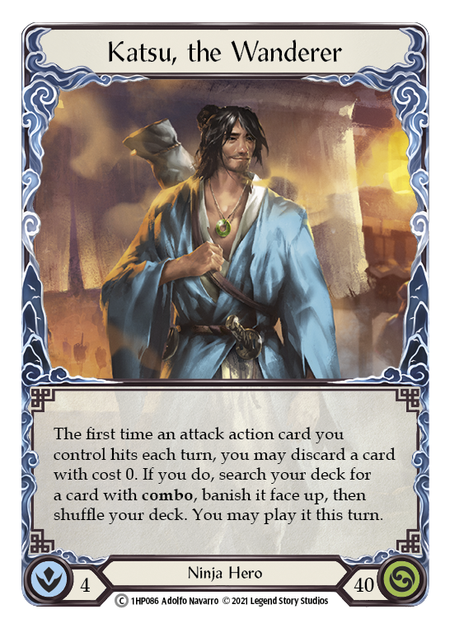
A good example of this can be found when facing Katsu. Your opponent could be running a very aggressive, a somewhat midrange, or a very defensive strategy. If Katsu is playing an aggressive build, you will be forced to block almost perfectly to avoid being blown out, while choosing precise moments to gain tempo and force them to make difficult decisions. If they are running a defensive build, your plan will need to change drastically. You will need to build up bigger combo turns in order to get over the top of their defenses and force damage through. Having too many of your most potent threats blocked out will certainly lose you the game.
Correctly identifying your opponent’s plan will affect your gameplay in a number of ways, from simple decisions like “Should I arsenal a defense reaction or an offensive combo piece?” to more broad decision points like “Do I step on the gas now and try to defeat my opponent before we reach our second cycles, or do I need to adequately pitch stack in order to win this game?” Identifying your opponent’s strategy is key, but you must also have a gameplan for attacking it once you understand your role in the matchup.
Empty the Clip, or One in the Chamber?
This awareness translates to individual turns. Is your opponent attempting to hold onto cards in order to swing back at you, or happy to dump their mediocre hand in order to preserve their life total? Realizing your opponent’s intentions for their next turn can help you optimally play out yours.
This time, you are playing as Katsu. You play out a red Surging Strike. Does your opponent quickly block with two cards in order to shut down your fetch ability and stop your combo, or do they declare no blocks, saving their few blocking options for the inevitable Whelming Gustwave to follow?
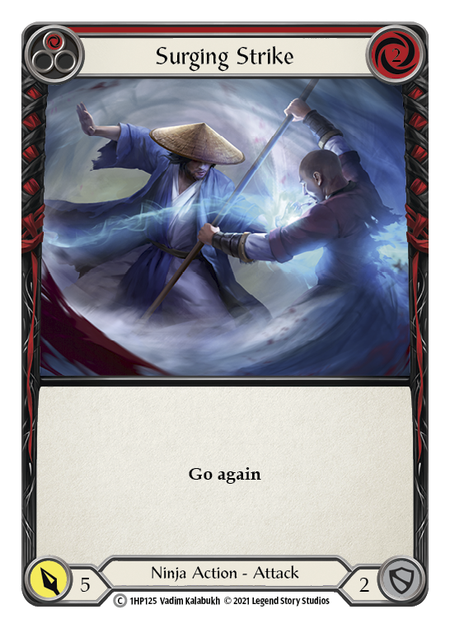
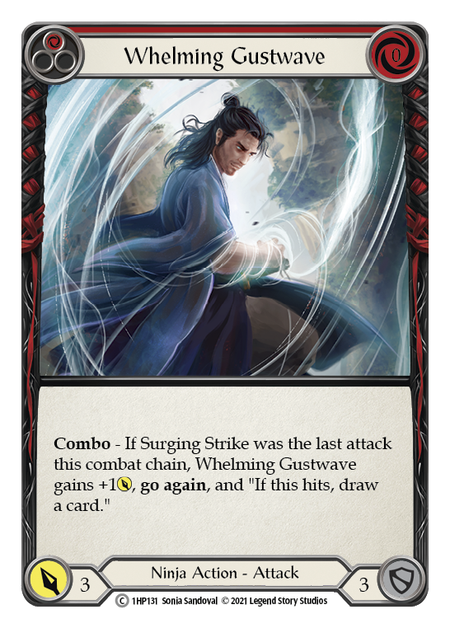
Not only does their decision matter, but also the timing. Do they quickly block, or do they agonize over whether to block the Surging or save it for the Whelming, letting you know that they desperately want to keep some cards in hand? Did they block your second Kodachi with a piece of equipment, hoping your subsequent threats would be minimal enough to keep their entire hand?
This information will allow you to set up for a big play next turn, or really put on the pressure this turn, punishing them for deciding to trade their life for tempo. This habit of critical thinking translates into any matchup. Did Kano block right away, or is he holding cards to weigh your damage total against his potential instant speed attack?
Lastly, don’t forget to consider other possibilities. Your opponent may have cards in hand that don’t block, putting them in a difficult position. Rhinar may be holding an Art of War and a Reckless Swing. They may also simply be trying to hold on to three cards, as the power with that hero goes up drastically if they have at least three cards in hand. Your opponent may also be happy to block with three cards, but wish to save their last card to arsenal. Sometimes it may be worth some extra pressure in order to deny them that arsenal set up.
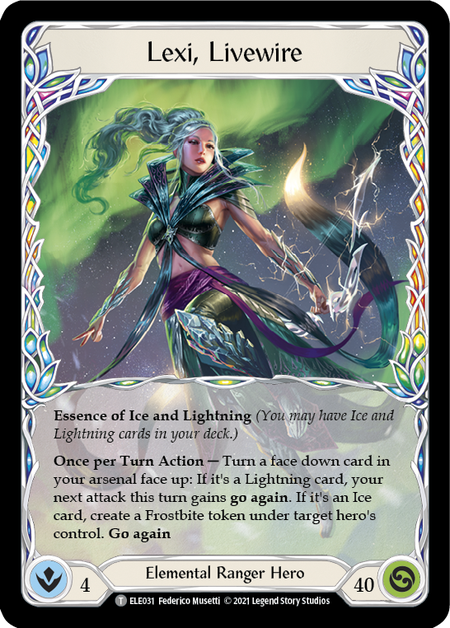
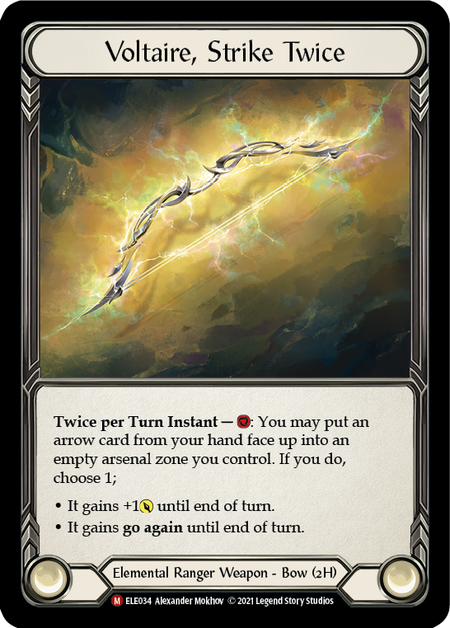
Lexi’s ability to set up 6 card hands poses these questions turn after turn. If I have sufficiently crippled my opponent’s next turn, the better play is certainly to pay for Voltaire in order to load an arrow face up and then arsenal an ice card, setting myself up for a bigger turn to follow.
Additionally, it is important to remember that your priorities will change drastically from match to match. If you’re playing against fatigue Oldhim, any opportunity to deal damage will be of the utmost importance. The opposite is true against Lightning Lexi, where you’ll be happy to strip her cards.
Sniffing Out Their Arsenal
This leads us to the art of determining what type of card is in your opponent’s arsenal. Knowing whether they have saved a defense reaction or a critical piece of their combo can dictate how you attack them.
Try to make a note of when they have put a new card into their arsenal, and especially if they have done so off of a random card draw. If you allowed a Snatch trigger to hit with no go again, they would have drawn and most likely arsenal'd a random new card. Did they seem happy about it, or debate whether they really want to have this garbage card clogging up their valuable arsenal slot?
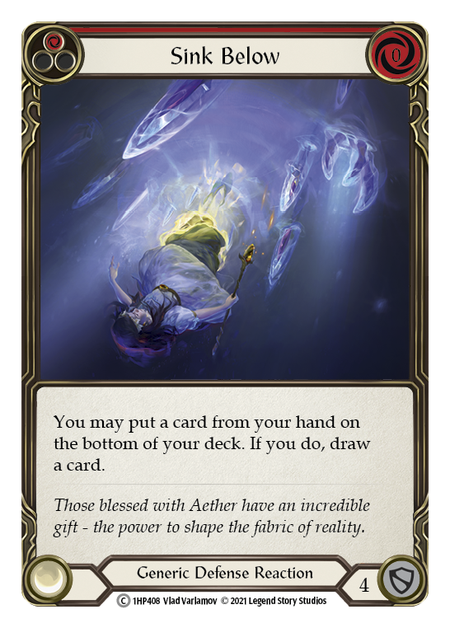
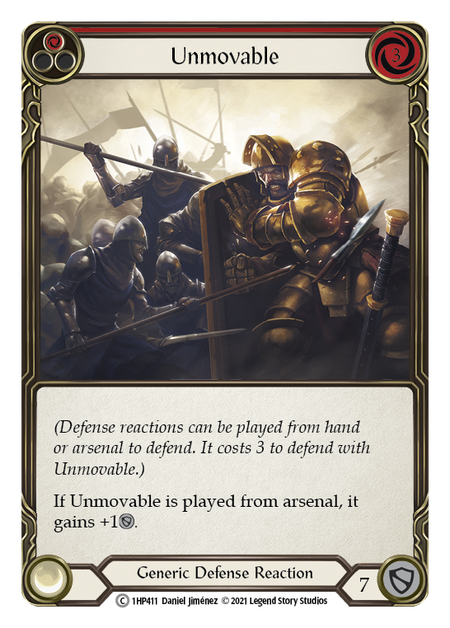
Once they have a card saved, you can usually determine whether or not they have a free defense reaction. Did you play red Leg Tap and they blocked for 6 with two cards from hand? Did you play an attack for 7 with a hit effect only to have them block for 8 from hand? If so, they most likely do not have a free defense reaction saved, as they would have been tempted to capitalize on its efficiency. This information can allow you to play around their strategy.
Are you on Bravo and suspect they are sitting on a red Unmovable? Perhaps the best line of play is to swing your hammer for 4 followed by a Pummel, bringing it to 10 and trying to bait out their Unmovable rather than wasting one of your few valuable big attacks. Once the Unmovable is gone, you can crush them on your next turn.


The same thinking applies to if you think they are sitting on a combo piece. Prioritizing a buff followed by Command and Conquer can be more devastating to your opponent than twice as much vanilla damage, so correctly judging the threat level of their arsenal can lead to game-winning decisions. Do you think stripping their hand is your paramount concern and will surely win you the game? If they have Mage Master Boots, a card in arsenal, and one card in hand, your opponent may be playing out Tome of Fyendal on their next turn. This would allow them to gain some life, and swing back for more than you had originally bargained for. Maybe you should hedge your bets and arsenal a defense reaction, or better yet, end your combat chain with a Command and Conquer to destroy their only out.
This awareness ties back into being adequately prepared and knowing your opponent’s game plan, role in your matchup, strategy, and focus at this stage of the game.
Adaptability
Playing your deck around your opponent’s gameplan, potential threats, and decision trees can be the key to coming away victorious. Adjusting your piloting strategy to best attack your opponent’s win conditions is one of the skills that separate many great players from the rest of the field. If you’re only playing your side of the table, you’re missing out on half of the factors available for you to weigh when making your crucial calculations. There is a lot to consider during every turn in Flesh and Blood, but don’t forget to breathe, and be aware of your opponent’s game state.


